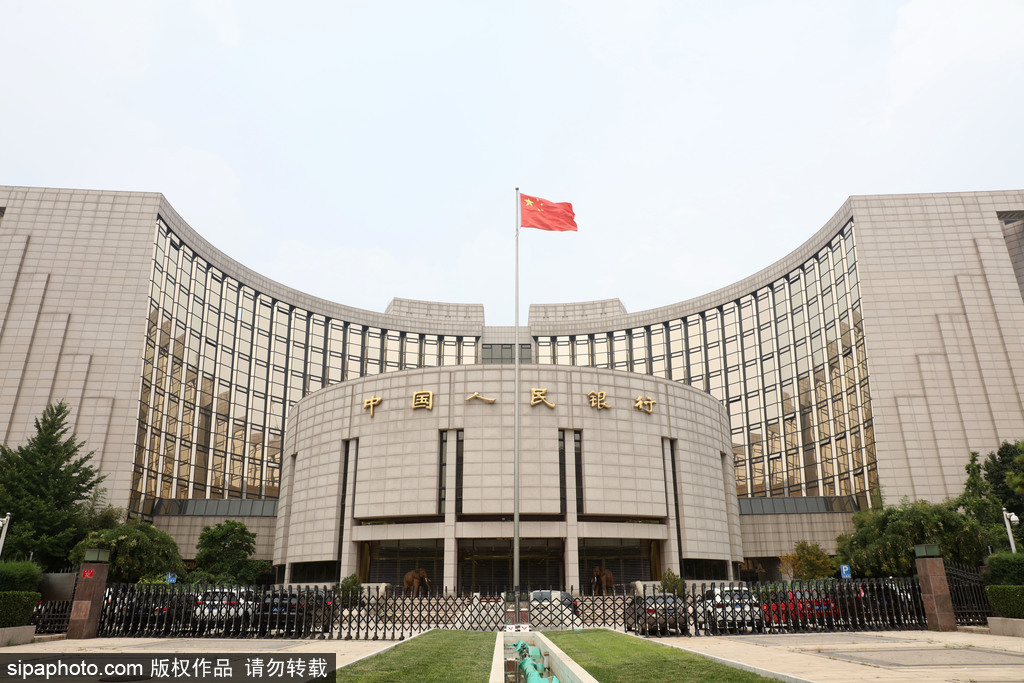Nation shifts to targeted monetary policy


China has suspended its large-scale monetary easing, as the economy is recovering, and shifted to innovative monetary measures to channel funds into weak sectors in a more targeted way, while guarding against financial risks, policy analysts said on Tuesday.
The monetary authorities will prefer "structural monetary policy tools", as the central bank calls them, to address financial strains in a targeted manner. The tools are designed to support small and medium-sized businesses and their employees, by ensuring the provision of credit to specific sectors and preventing excessive money spilling across the financial system, according to analysts.
That policy tone has been reiterated by top-level policymakers since July, as economic data provides more indication of recovery, although consumer consumption still lags behind.
Signals could be read from the State Council's executive meeting chaired by Premier Li Keqiang on Monday, which emphasized maintaining liquidity at a reasonable and ample level, but avoiding the "flood irrigation type" of monetary easing, and guiding financing into the nonfinancial sector.
The meeting called for promoting reform of the loan prime rate procedure, the representative lending rate to prime corporate borrowers, and the further reduction of real lending rates.
Since the start of the COVID-19 pandemic, the People's Bank of China, the nation's central bank, has brought down the loan prime rate by 0.3 percentage points to 3.85 percent.
"China's economic data for July showed that the recovery remains unbalanced and reliant on extraordinary policy support," said Shaun Roache, Asia-Pacific chief economist at S&P Global Ratings. "The central bank wishes to lower borrowing costs while guarding against financial risks, and it is trying by developing tools that increase access to credit for the real economy, especially small and medium-sized enterprises."
"The PBOC noted the focus in the second half is to ensure monetary policy becomes more precise, and China may pull this off, although history suggests that monetary policy is a blunt tool rather than a scalpel," he added.
On Sunday, China's top banking and insurance regulator, Guo Shuqing, who is also the PBOC's vice-governor, warned about financial risks and rising debt. He stressed control of highly risky shadow banking activities and disposal of nonperforming loans as early as possible.
The central bank has included targeted cuts to the reserve requirement ratio, along with relending and rediscount facilities, in its structural monetary policy toolkit, according to its second quarter monetary policy report.
It also introduced two new structural facilities in June-one is to defer the repayment of loans' principal and interest and the other is to purchase small business credit loans, to ensure market entities can receive sufficient funds.
"If monetary policy only focuses on the quantitative target, more structural issues will be seen," which will reduce the efficiency of the quantitative-based monetary policy, the report said.
Wang Qing, chief macroeconomy analyst at Golden Credit Rating, said that the possibility of using the traditional tools-a broad cut to interest rates or the reserve requirement ratio, will decrease from the third quarter. "Monetary policy will remain more flexible, and policy tightening is less likely," Wang said.
Lu Ting, chief economist in China at Nomura Securities, said, "Beijing is likely to continue its 'wait and see' approach, by neither stepping up nor rolling back its existing policy easing measures."
Meanwhile, in the face of the worsening international environment, Beijing's policy focus may turn increasingly inward, Lu added.
On Monday, the PBOC injected a net amount of 300 billion yuan ($43.31 billion) in medium-lending facility loans, which suggested that the central bank has no intention of tightening its monetary policy, according to analysts.




































